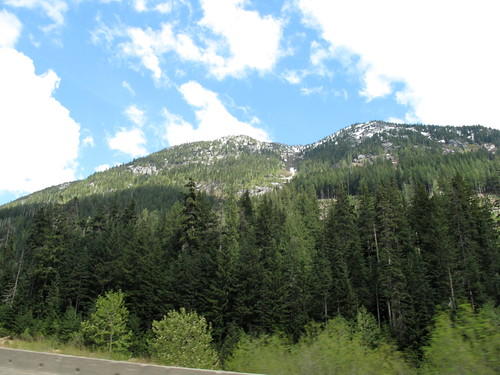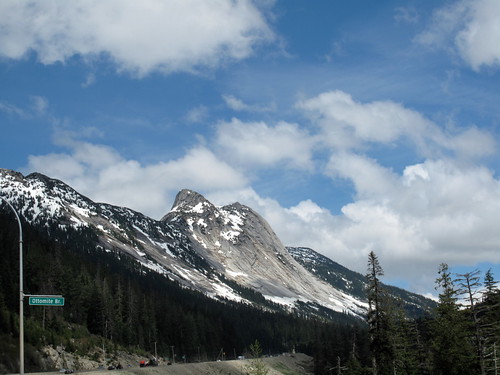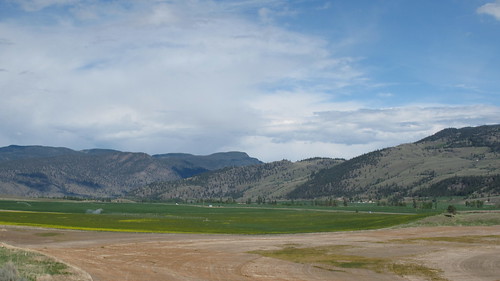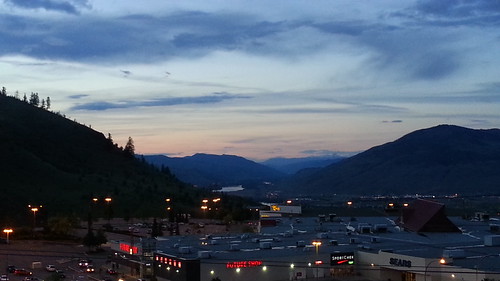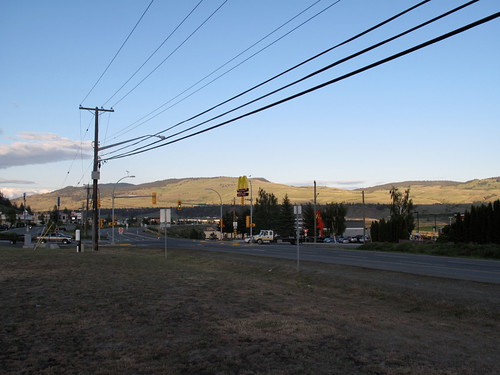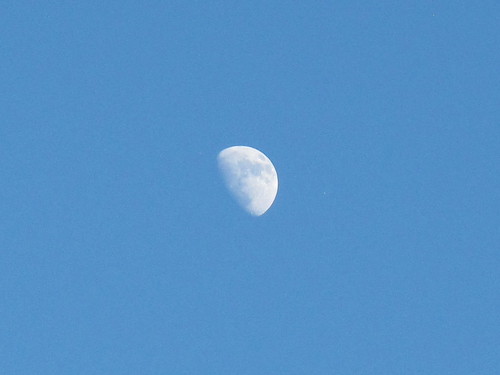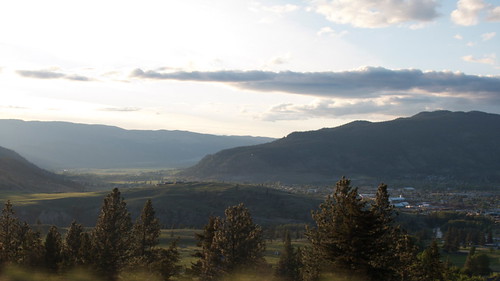The day started with a keyboard-and-saxophone rendition of Lennon’s “Imagine” (every year they do a somewhat different version, which is nice), followed by two short presentations by the conference’s sponsor groups: old white dude (not that there’s anything wrong with that) Eric Thomas of Humanist Canada and Jakob Liljenwall of BC Humanists.
Hemant Mehta
Friendly Atheist Hemant Mehta started us off with a problem in our community, a problem we shouldn’t be seeing: falling for things that aren’t true. In fact, we’re almost as bad as the people we criticise! For example, Sam Harris misquoting Christopher Hitchens about Islamophobia. To be fair, Harris did apologise for it later but it’s still a cautionary tale.
(Another example comes from the podcast This American Life, which published then retracted a story about an Apple factory in China. It would have been so easy to to a bit of following up about some aspects of the story to start the unraveling)
Repeating a quote falsely attributed to Thomas Jefferson and putting it on a billboard; misquoting Sarah Palin, which is just giving her cheap points.
He gave a few other examples, including Ricky Gervais’ tweet from last year, which contains some very skewed and questionable numbers. In fact, far fewer than 93% of National Academy of Science members are self-identified atheists, but also, and even more interestingly, the real numbers show that atheist prisoner numbers are far fewer than 1%.
Likewise, the Pensacola Christian College rumour turned out to be pretty much true when Hemant investigated; what used to be a wacky rumour about a religious school turned out to be a wacky fact about a religious school, which is much more interesting.
The bottom line is: it is usually easy to ask questions and not let pride get in the way of a good story. The twist is that when you do ask questions, the answers you find are much more amazing than the easy beliefs. And if that’s not an awesome metaphor for science, I don’t know what is.
Hemant’s last anecdote was about a three-day anti-gay / ex-gay workshop happening in his hometown of Chicago. He was curious but couldn’t investigate in person because he’d stick out like a sore thumb, but persuaded a couple of this readers to infiltrate the group. Hilariously many of the young people there were similarly undercover. The older people, probably there either to see how it’s going since they’re the ones funding it, or to get information on how to fight the homosexual agenda in their school or something.
Wanda Morris
Wanda Morris of Dying with Dignity gave us an impassioned plea about the ultimate freedom, to die when you wish to. Is it preaching to the choir? I would have thought most people attending this would be in favour of assisted suicide, but maybe I shouldn’t assume. And even so, a little choir preaching is not necessarily a bad thing because it’s how we define our own values.
As it turns out this is very much an atheist issue, because the opposition to euthanasia and assisted suicide seems to come largely from fundamentalist religious folks. Alex Schadenberg of Euthanasia Prevention Coalition is active in the pro-life movement and has blogged about meeting the Pope. McGill law professor Margaret Somerville is also opposed to abortion, stem cell research, same sex marriage and single parent adoption, though she says she doesn’t speak from a religious perspective. Dr. Catherine Ferrier is a member of Opus Dei. The movement opposing Massachusetts’ Question 2 was funded by the religious right.
So partly, yes, this is a religious issue, and the religious folks lie and twist facts and logic to support their positions. Therefore freethinkers, as people who value critical thinking, clarity and reason, should care. And obviously, it’s a compassionate issue that we should care about just as empathetic human beings.
Dying With Dignity’s mission includes the stopping of suffering (and nuts to people who believe in redemptive suffering), promoting peace of mind (a lot of people don’t even take the prescribed medication, but feel better knowing they have options) and avoiding violent death. This last one matters, since forms of suicide may include hanging, self-shooting (for men) and jumping off high places (for women) which just piles on additional emotional trauma for family members and emergency response teams. People will end their own lives if they’re in enough pain, or think pain is just around the corner. It’s just like the abortion issue, keeping it criminalised it will not make it go away.
Wanda went through some of the legal issues facing assisted suicide that still need to be untangled—for example, in 1972 Trudeau decriminalised suicide BUT assistance is still illegal (punishable by up to 14 years in prison). Does it make sense to punish someone for assisting in something that’s not illegal anymore?—and a quick rundown of the rights we currently enjoy as Canadians: informed consent, the right to refuse treatment, the right to voluntarily stop eating and drinking, and so on, and how they all together can add to a legal narrative that leads to legalised assisted suicide.
The next 2 or 3 years will be critical, it seems. There are a couple cases working their way through the courts, 2 private members’ bills have been tabled in the House of Commons (though with scant chance of ever going anywhere) and though a bill introduced in the Quebec National Assembly was killed when the election happened, the new premier has promised to reintroduce it. All in all, we may see some significant progress for assisted suicide in Canada in the near future.
Jerry DeWitt
I remember Daniel Dennett talking about The Clergy Project last year: a community and resource for clergy who were doubting their faith. Here is one minister from Louisiana who came out as an atheist through the project.
Jerry—who has a nice Southern accent and lost none of his preacher fire—told us his story of getting saved at age 16 at Jimmy Swaggart’s church in Baton Rouge, and immediately getting into the ministry. 25 years later he started having serious doubts, perceiving that the identity he built over all that time was not him: There was a disconnect between his flock’s perception and who he was on the inside. He tried to back out gradually: getting a job, cutting down on the preaching, eventually transitioning into a completely normal life where his religion was just not an issue (probably impossible in small-town Lousiana, but at least he tried). He called his decision “Identity starvation [ie: letting his preacher self die off slowly] vs identity suicide [killing it in one swift stroke]”.
He wanted to connect with other humanists and go to meetups and conferences and so on, which could still happen without anyone he knew learning about it. For a few months that worked out well enough, but then he met up with Annie Laurie Gaylor and got asked to be interviewed on Dan Barker’s radio show. Now this was a legitimate fear, because while he calculated that the show might pass his town by, there was a real chance it wouldn’t. And then what? His greatest fear was rejection, which is why he enjoyed the ministry so much. But the night before the interview, as he lay awake shaking in bed, he had a revelation: “Do I love myself enough to not be loved by anyone else?” he asked himself. “Do I love yourself enough to live my own life?” (Which is the weak link in any of the major religions, they tell us to love our neighbours as ourselves, but don’t let us love ourselves.)
And the answer was yes. He realised he loved himself more than he feared rejection, and could go on even if his whole community rejected him—which is exactly what ended up happening. He lost his job (nonreligious though it was, his boss fired him because he’d be bad for business); his wife left, his family rejected him; Facebook was a nightmare; his ex-audience, who used to love him, now had nothing but hatred.
But here’s the thing: But when you live off approval, you are a slave to that approval. The benefit of rejection is freedom and clarity, since it separates your fair-weather friends from everybody else. So here’s his challenge to us: keep your friends close, and your haters closer. Because the haters shape you, by chipping away at your pretense and your weaknesses, and you’ll be left with the real you.
I’m not sure I agree with that… But I won’t quibble. It seems to work for him at the moment, and what more can I say about that?

